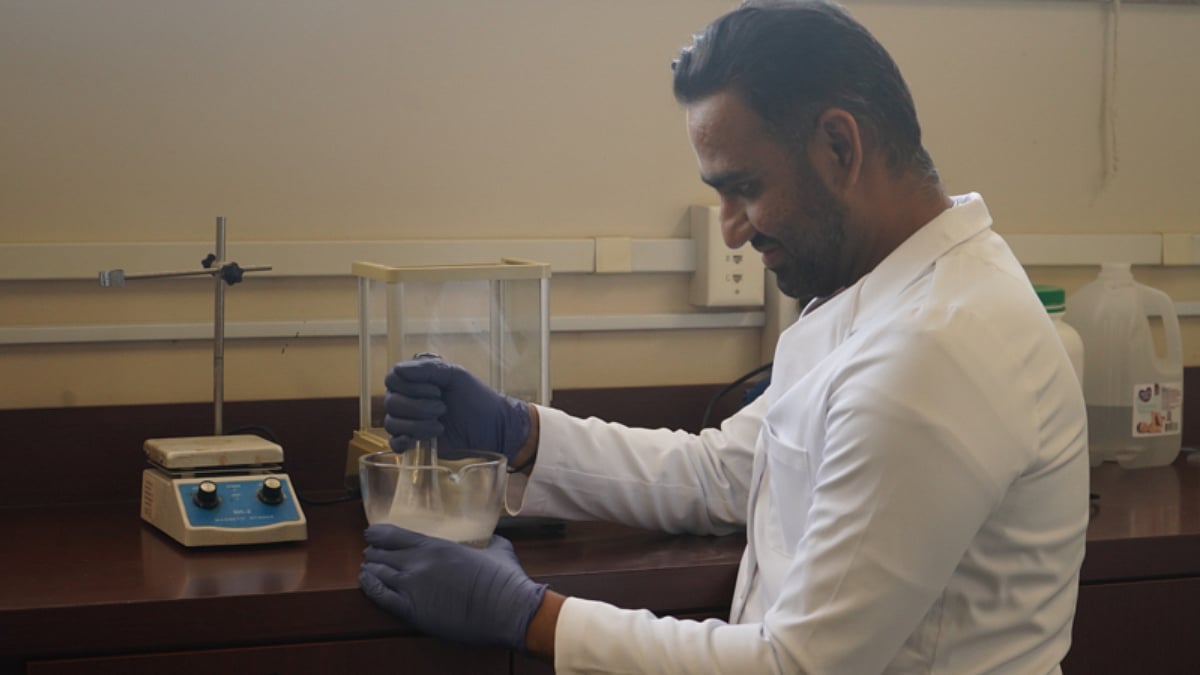A growing emphasis on compounding and personalized medicine is driving a complete revolution in the retail pharmacy market. At the forefront of this evolution is the ability to address unique patient needs with tailored solutions, a shift that not only enhances patient outcomes but also propels pharmacies into a new era of service excellence.
With commentary from compounding pharmacist and seasoned expert Nirlepkumar Patel, whose career demonstrates the potential of these innovations, this article explores how these changes are redefining the industry.
As individualized care becomes more popular, the days of standardized drugs are gradually giving way to a more patient-centric approach. Compounding pharmacists (e.g., Patel) are at the center of the transformation.
These develop bespoke drugs specifically to meet the needs of individual patients, filling gaps that commercially available drugs may not. This personalization of drugs has been particularly useful for specific populations and age groups, such as male and female health, pediatric and geriatric patients.
Patel’s contributions to the creation of novel formulations for these heterogeneous populations serve as examples of the essential critical thinking and problem-solving abilities needed to address complex patient challenges. These efforts not only improve patient satisfaction but also boost prescription volumes, leading to a 15% increase in pharmacy revenue—a tangible metric of the impact personalized care can have on both patients and businesses.
Compounding, historically a specialized activity, is becoming the very foundation of contemporary retail pharmacy. Compounding pharmacists help to maintain patient care by developing, if not already commercially available or in short supply, medications.
Patel’s research is an example of this trend, as he works with clinicians to develop and deliver innovative therapies to treat medical problems in novel ways. His skill at generating tailored solutions has improved patients’ outcomes and strengthened the role of compounding in pharmacy practice as an essential part of pharmacy practice.
Perhaps the most dramatic example of this is how compounding has been used to deal with drug shortages (e.g., GLP-1 injections for weight control and diabetes). Companies like Hims and Hers use compounding to offer substitution in times of supply shortage so that patients can still receive critical medications. This methodology not only helps to minimize supply chain challenges but also highlights the importance of compounding in the wider healthcare system.
The path towards personalized treatment and compounding has not been straightforward. Patel’s experience exemplifies the commitment needed to achieve success in this area. From research, information extraction, and interactional work up to convincing health care professionals that they should adopt new technologies, the journey is challenging, yet fulfilling. His capacity to overcome these issues has placed him as a recognized expert in the field in the position to make valuable contributions to patient care and the pharmacy profession.
A Compounding Pharmacist’s Perspective” (February 2021) and “Compounding Medication in Retail Pharmacy: A Forgotten Past or Bright Future” (May 2021) reflect his commitment to advancing knowledge and highlighting the potential of this field.
The future of retail pharmacy lies in its ability to adapt to the changing needs of patients through personalized care and compounding. Just as Patel’s career illustrates, such practices not only improve professional standing but also help build a stronger and more responsive health care system. Compounding is not just about doing medicine; it is about doing the potions. It’s about prioritizing patients and reimagining what can be achieved by pharmacy.
